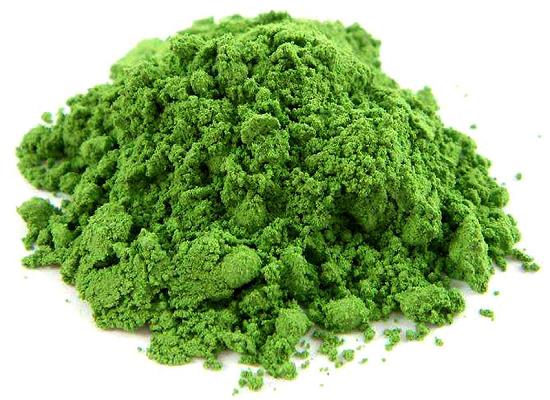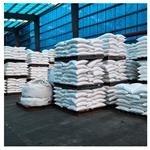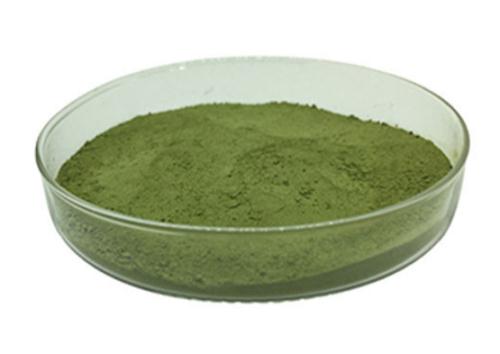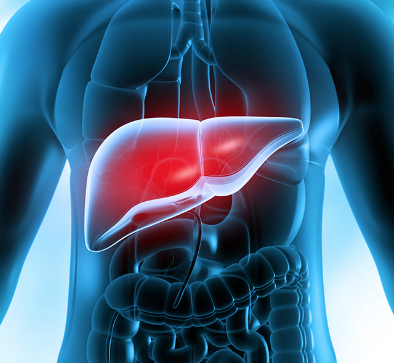Copper Pyrithione: Applications as a Booster Biocide and Toxicity
General Description
Copper pyrithione is a versatile compound widely used for its antimicrobial properties in various industries. Copper pyrithione acts as an antifungal and antibacterial agent in products like shampoos and paints, also serving as a fungicide in agriculture. Despite its effectiveness, improper use can lead to toxicity due to its copper content. Studies have shown adverse effects on zebrafish embryogenesis, indicating potential risks to environmental and biological systems. Therefore, while generally safe for topical use of Copper pyrithione, precautions must be taken to avoid ingestion or high concentrations to prevent symptoms like nausea, abdominal pain, and organ damage. Proper handling and adherence to safety guidelines are crucial to minimize the risk of toxicity.

Figure 1. Copper Pyrithione
Overview
Copper pyrithione, a synthetic organometallic compound, finds widespread application in various industries. Chemically, it's a coordination complex of copper(II) and pyrithione, exhibiting antimicrobial properties. This compound is renowned for its antifungal and antibacterial actions, making it a key ingredient in numerous antifungal creams and shampoos. Additionally, copper pyrithione is utilized as a fungicide in agriculture, helping to protect crops from fungal diseases. In the personal care industry, its antimicrobial properties make it effective against dandruff and other scalp conditions. It works by disrupting the cell membranes of fungi and bacteria, thus inhibiting their growth. Moreover, its low toxicity and stability contribute to its widespread use. However, like any chemical, it's crucial to use copper pyrithione in recommended concentrations to avoid any adverse effects. Overall, copper pyrithione is a versatile and effective compound that plays a significant role in various applications, enhancing the quality of life and protecting against harmful microorganisms. 1
Application as a Booster Biocide
Copper pyrithione, as a booster biocide, has been found to have significant effects on zebrafish embryogenesis, particularly in inducing abnormal muscle and notochord architecture. In a study where zebrafish embryos were exposed to different concentrations of Copper pyrithione shortly after fertilization, distinct morphological abnormalities were observed at 96 hours post fertilization. Exposure to Copper pyrithione resulted in abnormal electron dense deposits in the notochord sheath and muscle fiber degeneration, with more severe effects seen at higher concentrations. Zebrafish embryos exposed to CuPT displayed altered band patterning, z disk arrangement, swelling of mitochondria, and increased lipid whorls. Additionally, a decrease in total antioxidant capacity was noted in embryos treated with CuPT, along with an increase in apoptosis in various regions including the brain, eye, heart, and tail. Moreover, the study revealed severe alterations in primary motor neuron axon extensions, slow tonic muscle fibers, and fast twitch fibers in Copper pyrithione-treated embryos. Upregulation of sonic hedgehog and myod1 expression further indicated the impact of Copper pyrithione on embryonic development. Overall, the ultrastructural hallmarks of peroxidative injury and cell death via apoptosis raise concerns about the use of copper pyrithione as an antifouling agent, highlighting the need for further research and evaluation of its potential risks in environmental and biological systems. 2
Toxicity
Copper pyrithione is a chemical compound used primarily as an antifungal and antibacterial agent in various products, such as anti-dandruff shampoos, paints, and plastics. While it is generally considered safe for topical use, exposure to high concentrations or ingestion of copper pyrithione can lead to toxicity. The toxicity of copper pyrithione is primarily attributed to its copper content. Copper is an essential trace element for human health, but excessive exposure can lead to adverse effects. In cases of acute poisoning, symptoms may include nausea, vomiting, abdominal pain, and diarrhea. Long-term exposure to high levels of copper pyrithione can result in more severe health issues, including liver and kidney damage, as well as potential neurotoxic effects. It's important to note that the toxicity of copper pyrithione is largely dependent on the route and level of exposure. Proper handling and storage of products containing copper pyrithione, as well as adherence to safety guidelines during manufacturing processes, are essential in preventing potential toxic effects. As with any chemical substance, it is crucial to follow recommended usage and safety precautions to minimize the risk of toxicity. 3
Reference
1. Mishra A, Djoko KY, Lee YH, et al. Water-soluble copper pyrithione complexes with cytotoxic and antibacterial activity. Org Biomol Chem. 2023;21(12):2539-2544.
2. Almond KM, Trombetta LD. Copper pyrithione, a booster biocide, induces abnormal muscle and notochord architecture in zebrafish embryogenesis. Ecotoxicology. 2017;26(7):855-867.
3. CopperPyrithione. National Center for Biotechnology Information. 2024; PubChem Compound Summary for CID 56845428.
Related articles And Qustion
See also
Lastest Price from Copper Pyrithione manufacturers

US $30.00-10.00/KG2025-04-15
- CAS:
- 14915-37-8
- Min. Order:
- 50KG
- Purity:
- 99%
- Supply Ability:
- 500000kg

US $0.00/kg2025-03-07
- CAS:
- 14915-37-8
- Min. Order:
- 1kg
- Purity:
- 0.99
- Supply Ability:
- 20 tons



